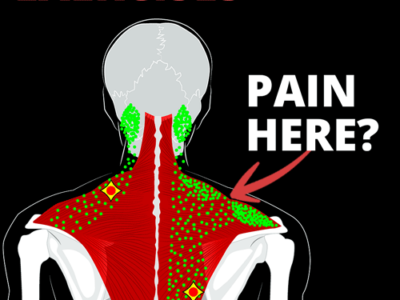Weight loss medications like Ozempic and Wegovy are rapidly gaining popularity for their effectiveness in helping people shed pounds quickly. However, a lesser-known side effect is what many refer to as ‘Ozempic Butt,’ characterized by sagging skin in curvier areas of the body. This phenomenon occurs primarily due to extreme and rapid weight loss.
What is ‘Ozempic Butt’?
The term ‘Ozempic Butt’ describes a condition where individuals experience loose or sagging skin on their buttocks after significant weight loss induced by medications such as Ozempic and Wegovy. These drugs act as appetite suppressants and alter how the body processes hunger, often resulting in rapid weight loss. As the pounds drop off, some people notice that their curves seem less defined, giving a ‘deflated’ appearance.
This isn’t a direct consequence of the medication itself but rather an outcome of losing substantial weight quickly. The skin doesn’t have enough time to shrink back to fit the new body size, particularly in areas with more elasticity like the abdomen, thighs, and cheeks, besides the buttocks.
Causes of Sagging Skin During Weight Loss
The role of skin elasticity
Our skin has a remarkable ability to stretch and return to its original shape thanks to its elastin makeup. However, when we lose weight rapidly, the skin struggles to keep up and may not snap back immediately, causing it to appear loose. Over time, if weight gain has been gradual, the skin can adapt by expanding. In contrast, rapid weight loss leaves it lagging behind.
Factors influencing saggy skin
The likelihood of experiencing saggy skin depends on various factors:
- Age: Younger skin typically has better elasticity compared to older skin.
- Initial weight: Those who had higher initial weights may notice more pronounced sagginess.
- Duration of being overweight: Longer periods of carrying extra weight give the skin more time to stretch and may make it harder to bounce back.
Although regular physical activity does not directly prevent saggy skin, it helps improve muscle tone, which can minimize the appearance of loose skin post-weight loss. Incorporating exercises such as weight training can be beneficial.
Managing and Reducing ‘Ozempic Butt’
Slow and steady approach
A slower, more sustainable approach to weight loss can reduce the risk of developing saggy skin. Gradual weight loss allows the skin enough time to adjust and minimize a deflated look. Individuals aiming to lose weight should focus on maintaining a balanced diet and staying active rather than opting for quick-fix solutions.
Treatment options
There are both surgical and non-surgical treatments available to manage saggy skin resulting from weight loss:
- Surgical options: Procedures like tummy tucks, thigh lifts, or buttock lifts can remove excess skin and restore a firmer appearance.
- Non-surgical methods: Treatments such as radiofrequency therapy, laser treatments, and ultrasound techniques can stimulate collagen production, improving skin tightness over time.
Additionally, engaging in a regular exercise routine can help. Building muscle mass through strength training can enhance the overall shape and firmness of the skin.
Expert Insights
Health experts underscore the importance of understanding how medications like Ozempic work. While these drugs effectively suppress appetite and change how the body processes hunger signals, they also pose challenges with rapid weight loss. Pharmacist Abelovska notes that semaglutide tricks the brain into feeling full, which prevents overeating. Yet, the rapid shedding of pounds poses issues for the skin’s natural elasticity.
Moreover, it’s crucial to consider personalized factors affecting each individual’s experience with saggy skin. Age, previous weight experiences, and lifestyle habits play significant roles in determining how one’s skin responds to weight loss.
Understanding the mechanics of rapid weight loss and its effects on the skin can empower individuals to make informed decisions about their health journeys. Balancing quick results with sustainable practices ensures better outcomes for both weight management and skin health. By adopting slower weight loss strategies and exploring suitable treatments, one can mitigate the side effects like ‘Ozempic Butt’ while achieving their fitness goals.





Comments